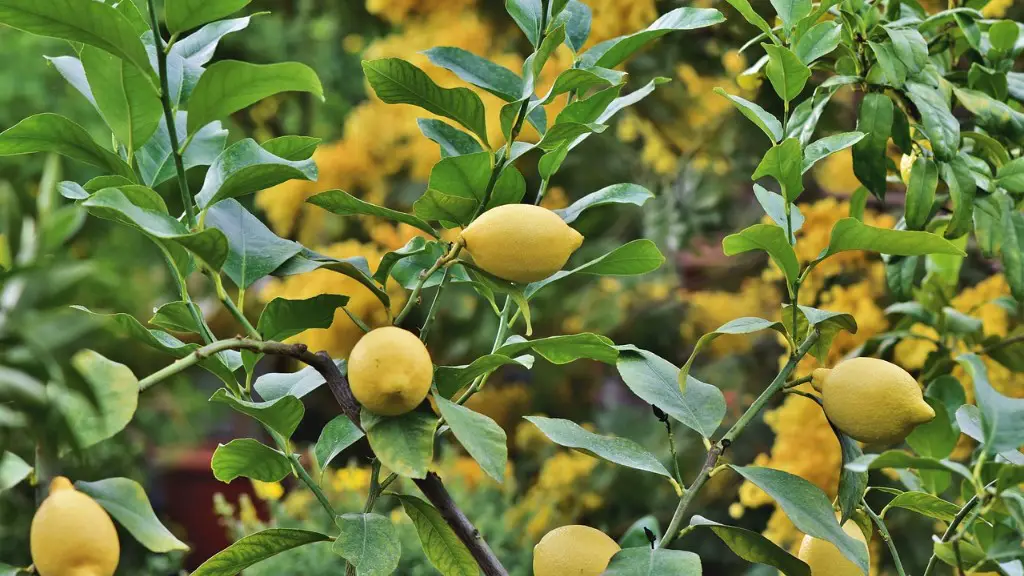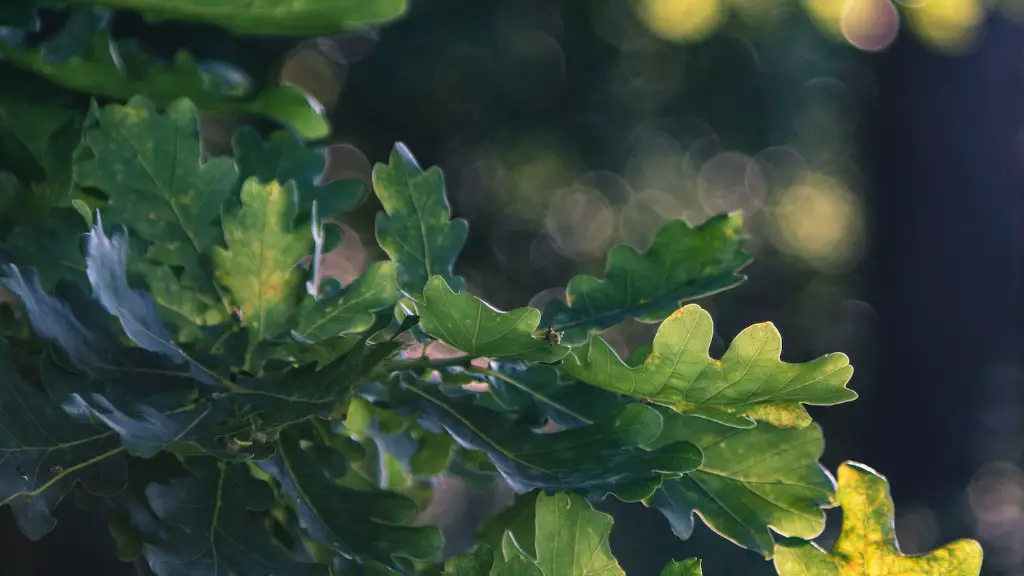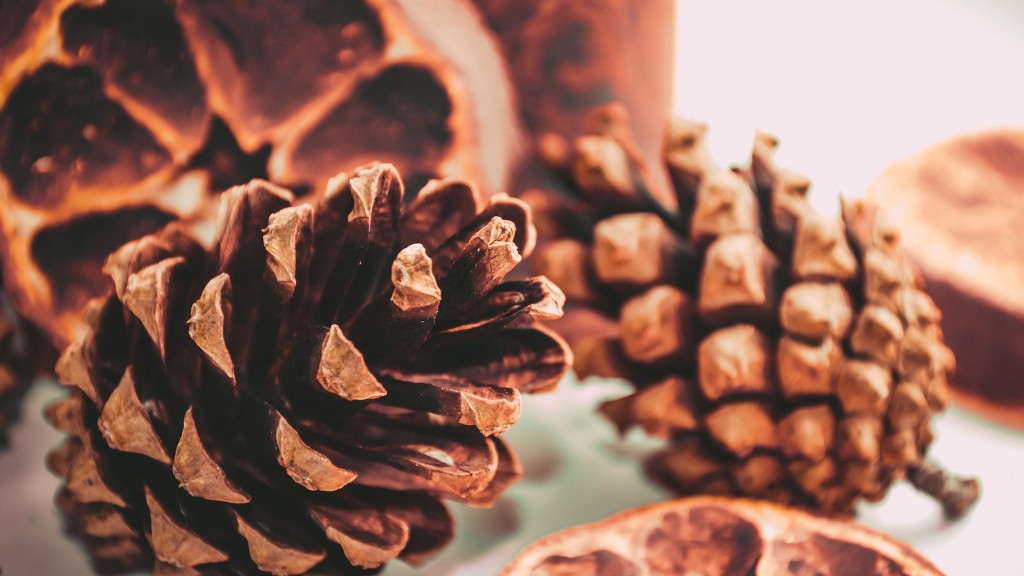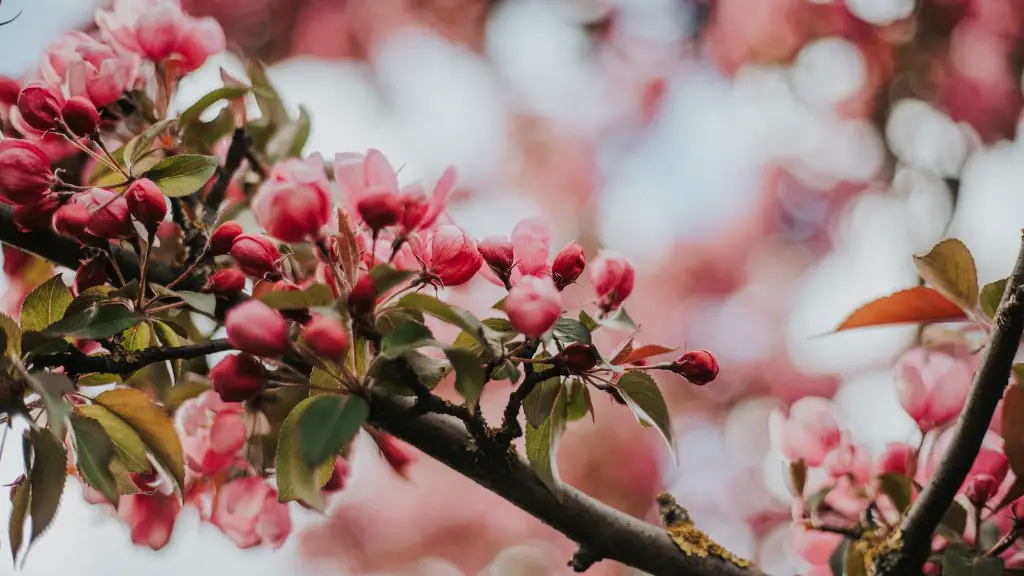Meyer lemon trees are great for any type of garden, as they not only provide fruits but also give great shade and ambience to the landscape. In order to yield better results, fertilizing a meyer lemon tree is necessary. Let’s look at the steps you should take to do this.
The first step is to choose the right fertilizer for your meyer lemon tree. You should opt for liquid or water soluble fertilizer which is specially made for citrus trees. It’s also important to buy one that is slow release and does not contain any nitrogen-rich materials, such as urea. Once you have the fertilizer, it’s time to start the process.
Next, you should prepare the ground around the tree by removing any weeds or grass from the area. You should also water the ground at least two days before applying the fertilizer. This helps ensure the fertilizer gets absorbed by the root-level structures and doesn’t just run away.
Now it’s time to apply the fertilizer. You should always read and follow the instructions provided on the package before starting. Generally, you should apply the fertilizer right after pruning and before flowering. During flowering, it’s best to use a little less, as too much fertilizer can damage the blooms.
When applying, the fertilizer should be evenly distributed around the tree and on both sides of the trunk. You should spread the fertilizer away from the main trunk of the tree, but make sure it still gets in contact with the soil, as more branches are growing out of it. It’s important to use the recommended amount of fertilizer, as too much fertilizer can damage the roots.
Lastly, you should water the meyer lemon tree after fertilizing. This helps ensure the fertilizer is evenly distributed and better absorbed by the tree. Also, in order to ensure your tree receives an adequate amount of nutrients, you should fertilize your meyer lemon tree at least twice a year.
Fertilizer Application Steps
Fertilizing a meyer lemon tree is a relatively easy process, but it does require some knowledge and planning to ensure a successful outcome. To start off, you should first determine which fertilizer will be best suited for your tree.
There are three major types of fertilizer: water soluble and liquid fertilizer, granular fertilizer and slow release fertilizer. The kind you will use will depend on the age of your tree and the environment that it’s in. Generally, water soluble and liquid fertilizers are preferred for their immediate results, while granular fertilizers and slow release fertilizers can be used for more predictable, long-term results.
Once you have selected the fertilizer, you should properly prepare the ground around the tree by removing any weeds or grass from the area and water the ground at least two days before applying the fertilizer. This helps ensure the fertilizer gets absorbed by the root-level structures and doesn’t just run away.
When you’re ready to apply the fertilizer, always read and follow the instructions provided on the package before starting. Generally, you should apply the fertilizer right after pruning and before flowering. During flowering, it’s best to use a little less, as too much fertilizer can damage the blooms.
When applying the fertilizer, be sure to spread the fertilizer away from the main trunk of the tree but make sure it still gets in contact with the soil, as more branches are growing out of it. Lastly, be sure to water the tree after fertilizing to ensure the fertilizer is evenly distributed and better absorbed by the tree.
How to Determine Fertilizer Requirements for Lemon Trees
In order to successfully fertilize a meyer lemon tree, you must first determine how much fertilizer it needs. To do this, some factors must be taken into consideration, such as the age of the tree and the environment it’s in.
To make matters even more complex, the environmental conditions (i.e. light, irrigation, soil) of your meyer lemon tree can drastically affect the kinds of fertilizer it needs. There are both synthetic and organic fertilizer options available to you, and you’ll need to decide which is best for your tree. Generally, it’s best to use a slow release fertilizer to ensure long-term results.
If you decide to use an organic fertilizer, make sure it has a richness in phosphorus and potassium, as they are key elements in lemon production. Organic fertilizer generally has a less concentrated amount of nitrogen in it, so adding extra nitrogen from other sources could be necessary.
You can also use a soil test to determine the amount of fertilizer your tree needs. To do this, you must collect a soil sample from the area around the tree’s roots, and the results should tell you what kind and how much fertilizer should be used.
Last but not least, it is important to keep in mind that lemon trees don’t need as much fertilizer as other plants, and over-fertilizing can be detrimental to their growth. If you are uncertain of what fertilizer to use, it’s best to consult a professional.
Feed the Soil Not The Plant
When it comes to fertilizing a meyer lemon tree, the focus should be on feeding the soil, not the plant itself. Plant roots need access to a variety of nutrients and minerals in order to grow and yield large amounts of fruit, and fertilizing provides that access.
By focusing on feeding the soil, you are essentially creating an environment in which your meyer lemon tree’s roots can feed. Fertilizer will supply key nutrients for the plant’s growth, such as nitrogen and phosphorus, and the soil structure itself will determine how the fertilizer is absorbed.
Organic matter from mulch, compost or manure can also be added to the soil to provide additional nutrients and minerals for the tree to absorb. It is important to use organic material that does not contain any synthetic or artificial compounds, as these can be detrimental to the health of the tree.
In addition to supplying key nutrients and minerals, feeding the soil can also help keep the soil moist and loose, which can improve moisture absorption by the roots. This is beneficial during dry spells, as dry soil can stunt the growth of your lemon tree.
Watering Needs of the Meyer Lemon Tree
Water is just as important as proper fertilization when it comes to caring for meyer lemon trees. Generally, lemon trees should receive 1 – 3 inches of water per week. This amount can vary depending on the environment and the amount of sun exposure the tree receives.
Lemon trees should also be watered deeply rather than frequently. Deep watering encourages the roots to grow deeper and helps prevent the roots from becoming shallow. Additionally, if your meyer lemon tree is in a container, it will require more frequent watering than those planted in the ground.
It is also important to water the citrus tree in a way that minimizes leaf wetness. When drying the leaves, it is best to use a fan or some kind of blower. Wet leaves are more prone to disease, and can accelerate the decline of your tree.
Finally, it is important to ensure that your meyer lemon tree is getting enough water during periods of extreme heat, as this can quickly lead to drought conditions. To determine whether your tree needs water, the soil around the roots should be checked with the fingers. If the soil feels dry, give your tree a nice deep watering.
Pruning and Training Your Meyer Lemon Tree
Pruning and training are important steps in caring for a meyer lemon tree as they help maintain a healthy size and shape. Pruning of a meyer lemon tree is best done in late winter or early spring, as this time of year is when the tree is in its dormant period.
It is important to remove only dead, diseased and damaged branches, as these can slow down the growth of the tree. The majority of pruning should be focused on shaping your tree and removing any additional branches that are crowding the tree, as this can reduce airflow and block light from entering the lower branches.
When training a meyer lemon tree, you should focus on keeping the main stem upright and preventing any side branches from developing. This will help ensure your tree remains healthy and balanced. You can also use stakes, ties and trellises to help guide the tree and keep it upright.
Lastly, it is important to ensure that all pruning and training of a meyer lemon tree is done correctly and carefully, as any mistakes could cause permanent damage to the tree. If you are unsure of how to prune or train your tree, it is best to contact a professional for advice and assistance.




